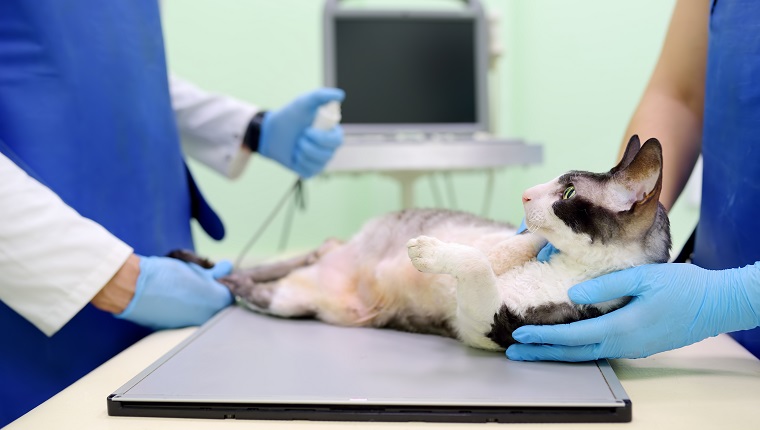Chest bone deformity in cats, known by the medical name pectus excavatum and sometimes colloquially as funnel chest, is a medical condition where the chest bone, also called the sternum, becomes deformed and appears to be flat or curving inwards.
Studies suggest that male cats are more likely to develop the condition than female felines, and that certain breeds including…






